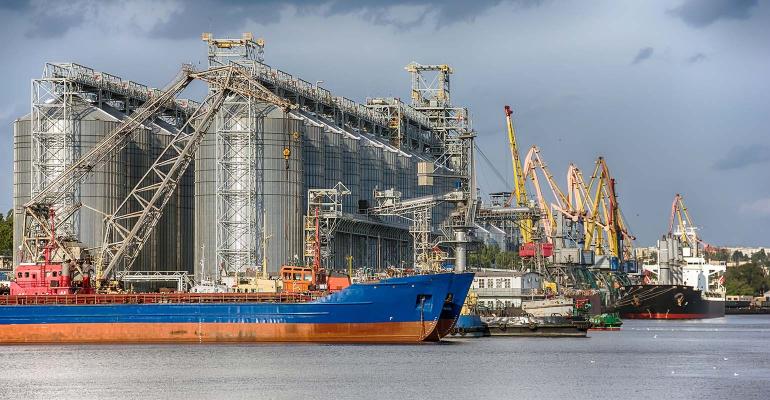A fertilizer industry expert says there could be further disruptions in the supply chain from...
Supply Chain: Hoping for Smoother Sailing in 2023

If there was one reliable news headline throughout 2022, it was the unreliability of the transportation network, especially for waterborne cargo, according to Lara Sowinski at CropLife. From bulk agricultural commodities to parts and equipment and raw materials, no sector has successfully evaded delays or disruptions this past year, or for that matter, the previous two-and-a-half years.
The following Sowinski remarks suggest that we are not likely to see much improvement in 2023:
While consumer demand and spending has eased sharply due to inflation, chronic issues in the transportation industry related to labor (including contract negotiations, worker shortages), geopolitics, and systemic challenges, such as import/export imbalances and the effect on capacity and equipment availability, aren’t going away anytime soon.
Lingering contract negotiations remain stalled between the International Longshore and Warehouse Union (ILWU) and the Pacific Maritime Association (PMA), which represents waterfront employers along the U.S. West Coast from Canada to Mexico.
The most recent contract expired in July, and while negotiations for a new contract kicked off in May, thus far there’s been little progress on hammering out a new agreement. Like previous contract negotiations between the two parties, one of the biggest sticking points remains automation. This is a perennial tug-of-war between the ILWU and PMA.
Every week that passes without a contract agreement adds to shippers’ worries, some of whom have already diverted imports to ports along the U.S. East and Gulf coasts, when feasible.
Overseas ports are also seeing slowdowns and strikes by longshore workers, including the UK’s Port of Felixstowe, the country’s largest container port, and Belgium’s Port of Antwerp.
Meanwhile, major Chinese ports, including Shanghai and Ningbo, experienced closures due to COVID-19 outbreaks, while a closure at Guangzhou also seems likely.
EDITOR’S TAKE:
We are all hoping for supply chain issues to subside and “things” to return to “normal”! According to this article, however, that may not be the case. In addition, the continuing geo-political tensions, particularly between Russia and the Ukraine, will likely keep supply chains off-balance for at least the time being.
That said, today’s reality is that most truck OEMs are creating more inventory, similar in many cases to pre-pandemic levels. Plus, with rising interest rates and continued inflation, repos are putting more vehicles back on dealer lots. If you are not already looking at farmers/ranchers as your best customer prospects, then now is the time. When someone walks into your showroom, it doesn’t cost one penny to simply inquire, “Are you a farmer/rancher?” If they are, then it is time to tell them about CAD and AgPack®! How you can offer a deal they won’t ever find at a non-CAD dealer – and save them thousands on input costs. Best of all – you can fashion a deal that protects more of your margin as well.








